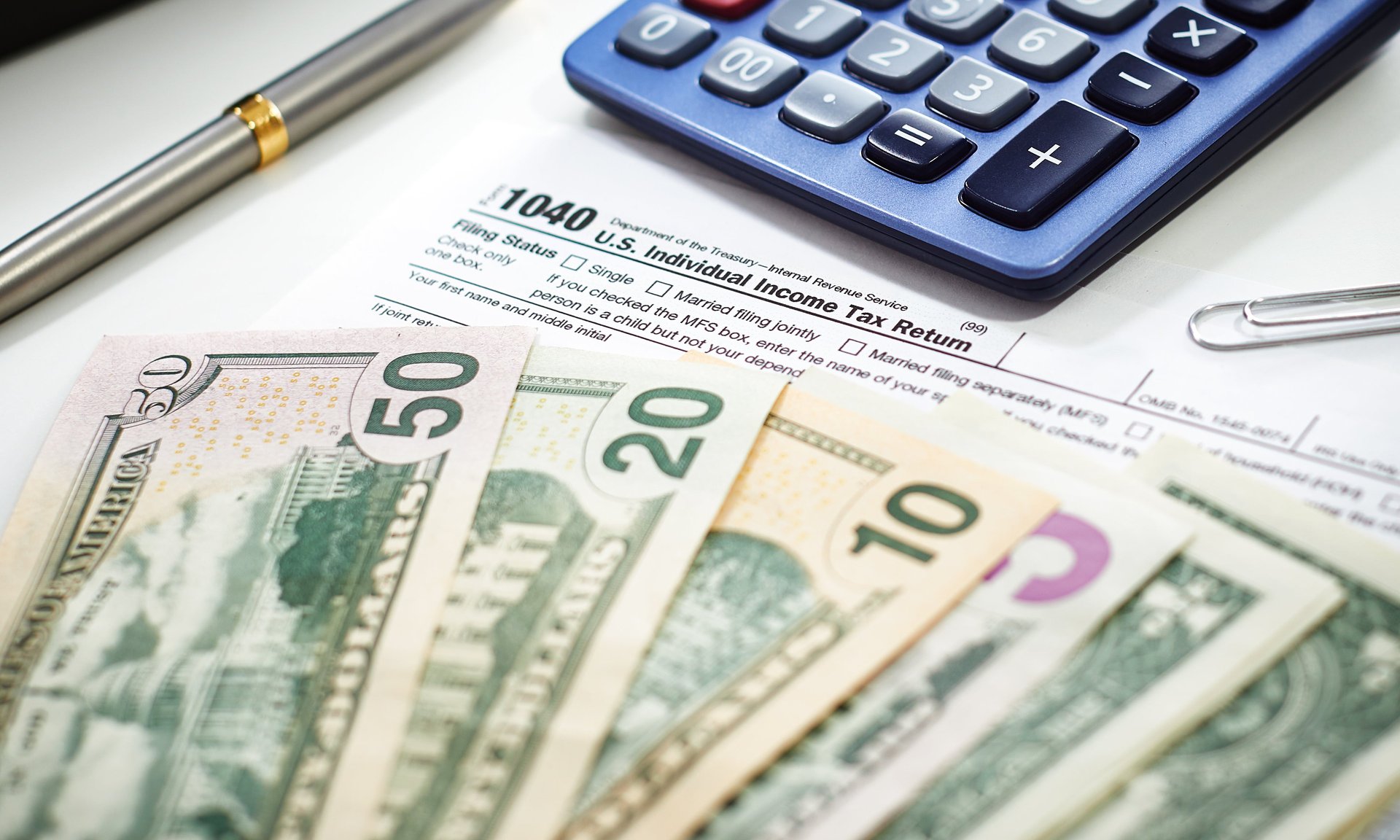Trump says the pain from his tariffs will be worth it. Here's how it affects your wallet — and taxes
His proposed tariffs would slash American's real income and raise prices

President Donald Trump is planning to hit Mexico, Canada, and China with tariffs, some as soon as Tuesday. Americans will be left holding the bill.
Suggested Reading
“THIS WILL BE THE GOLDEN AGE OF AMERICA! WILL THERE BE SOME PAIN? YES, MAYBE (AND MAYBE NOT!). BUT WE WILL MAKE AMERICA GREAT AGAIN, AND IT WILL ALL BE WORTH THE PRICE THAT MUST BE PAID,” Trump wrote on Truth Social over the weekend.
Related Content
Trump’s proposed tariffs of 25% duties on all Canadian imports — bar an exception for energy imports, which will be taxed at a lower 10% rate — and 10% on Chinese imports are set to go into effect early on Tuesday. Additional duties of 25% on imports from Mexico have been delayed until next month.
Tariffs are duties tacked onto foreign-made goods imported into the U.S. and paid by the importing business. They often result in higher prices for consumers, as most businesses can’t afford to absorb that extra cost. Best Buy, Autozone (AZO), Stanley Black & Decker (SWK), and Columbia Sportswear (COLM) are just a handful of the major companies that have said they will likely have to raise prices.
The Budget Lab at Yale University estimates that, in the medium-t0-long term, computers and electronics would become 5.7% more expensive, and fresh produce prices would rise 1.8%. The price of natural gas would rise by 3.5%, apparel by 3.7%, and textiles by 3%. Leather products would also become 4.5% more expensive.
According to S&P Global Mobility (SPGI), almost all original equipment manufacturers will be impacted by the tariffs on Canada and Mexico. Wolfe Research has estimated a 25% tariff would add about $3,000 to the average cost of vehicles sold in the U.S. Oil prices are also expected to rise, given the U.S.’ dependence on Canada’s oil, although the lower tariff on Canadian energy will reduce some pain at the pump.
“Tariffs not only raise prices for imports but drive domestic producers to raise prices too,” the Budget Lab said.
American households would lose about $1,170 in real income each as a result of the tariffs between 2025 and 2034, the Budget Lab said. When retaliation is factored in — as has been announced by Canada and discussed by Mexico and China — American households lose about $1,245 in purchasing power during that period.
If all of those tariffs go into effect at the same time, taxes would be raised by $1.1 trillion between 2025 and 2034, according to the Tax Foundation. That comes out to an average tax increase of more than $800 per household in 2025.
The Urban-Brookings Tax Policy Center estimates that after-tax incomes would fall, on average, by $930, or just shy of 1%, in 2026 because of the tariffs on Mexico and Canada. The poorest U.S. households would miss out on an average of $170, while the wealthiest would lose $3,280. The top 1% and 0.1% of Americans would lose $17,320 and $66,050, respectively.
In the short term, major stock indices are down as investors signal uncertainty over Trump’s plans. The president has also recently renewed a threat to issue tariffs on imports from the European Union and the BRICS coalition, which includes Russia and India.
The S&P 500 is down 52 percentage points, while the Dow Jones Industrial Average has dropped by almost 152 points and the Nasdaq 100 has shed almost 220 points. The CBOE Volatility Index is up 10%, down from 21% earlier on Monday.
